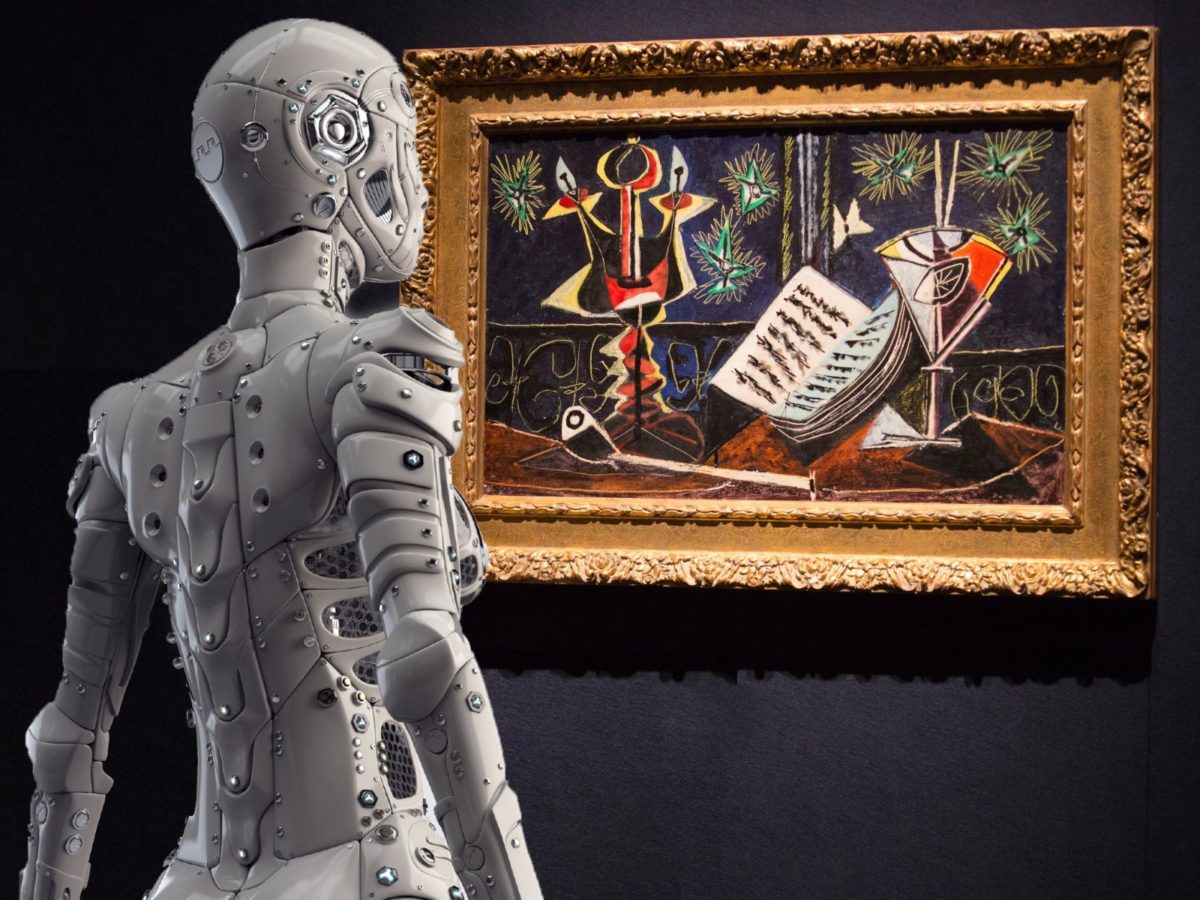When online retail and auctioning were established it was technologically revolutionary and it disrupted the traditional markets. Nowadays our world is dominated by online players like Ebay, Google, Amazon and many more. In this blog we will elaborate on how the art industry may be disrupted by machine learning.
It is clear that different technologies have changed our ways of consuming and buying. But one particular technology, machine learning, will perhaps alter the normal ways of doing business even more. Machine learning is a field of computer science that gives computers the ability to learn without being explicitly programmed (Samuel, 1959). Machine learning has been used in data analytics and predictive analytics with the help of algorithms, which have been used by many companies and has become a buzzword in the corporate tech-world (Koza et al., 1996). However, algorithms and mathematical machine learning are also applicable in industries that seem more abstract. An example of an abstract industry is the art industry. But first we will elaborate more on auctions. Sales auctions are auctions with one seller and many buyers, there are four traditional types of sales auctions: the English auction, Dutch auction, first price sealed-bid auction and second price sealed-bid auction, also known as the Vickrey auction.
Art auctions start with an appraisal of the acquired artwork, this decreases the information asymmetry problem. Every art auction has a catalog and a pre-sale exhibition. If an artwork does not have any bids, the artwork will be bought-in. If it’s sold, the auction house takes a seller’s commission and the rest of the proceeds are given to the consignor, the owner of the artwork. Oftentimes the sale of an artwork is the result of one of the “three Ds”: death, divorce, or debt (Goldstein, 2012).
Machine learning can be implemented in the art industry and could affect it in multiple ways. First, algorithms have decreased the uncertainty in the art market, because the value of an artwork will be determined based on historical data and mathematical models. Sellers of art are reluctant to sell their artwork, because they worry that an unsuccessful sale will “burn” the value of the artwork. Algorithms offer more convincing and accurate sales forecasts enabling more assurance to the seller. Furthermore, information asymmetry decreases from the buyer’s side. The artwork can be benched to historical data and objective mathematical models, opposed to the subjective knowledge of the valuer. Lastly, auctioneers and dealers are not needed anymore. Machines can value the artworks cheaper than humans and they will not ask for a commission fee.
It is clear that the impact of machine learning in the art industry has benefits for sellers and buyers. But will the art world just like other industries transform from a high-touch industry into a high-tech industry? The art industry is one of the few industries that captures true human creativity and imagination because valuing artwork is very subjective. So to what extent can machines and algorithms replace human subjectivity? Only time can tell.
References:
Goldstein, A. M. (2012). A Beginner’s Guide to Art Auctions. Retrieved from http://www.artspace.com/magazine/art_101/art_market/art_101_a_guide_to_auction_lingo-5558
Koza, J. R., Bennett, F. H., Andre, D., Keane, M. A. (1996). Automated Design of Both the Topology and Sizing of Analog Electrical Circuits Using Genetic Programming. Artificial Intelligence in Design ’96. Springer, Dordrecht. pp. 151–170.
Samuel, A. (1959). Some Studies in Machine Learning Using the Game of Checkers. IBM Journal of Research and Development. 3 (3).

